The 10 most beautiful villages in the French countryside
The French countryside has over 36,000 hamlets but we have found the perfect ones to visit on your next trip.

My favourite French villages? There are so many variables, and some 36,000 communes from which to choose. I’ve tried to avoid too many of the blindingly obvious (La Roque Gageac, Mont Saint Michel) in favour of those with substance and maybe a story to tell and I’ve attempted (in most instances) to pick the quietest offerings with a population below 3000.
From towering mountains in Basque country to lush vineyards in Pas de Calais, these 10 charming, historic French villages make perfect bases for exploring rural France.

1. St-Jean-Pied-de-Port, Basque country
In the lee of the Pyrenees, St Jean (or Donibane Garazi, according to Basques), the pint-sized capital of inland Basque country, gathers in beret-wearing folk down from surrounding mountains for Monday markets, pelota matches and late-night bar room singing about the wonders of being Basque. Modesty gets a look in, but not often. Walled and self-contained, with narrow paved streets rising to seek the citadel up top, and a fine old bridge spanning the river below, St Jean is as sturdily pretty as Basques have been making it for centuries. It’s welcoming, too. Pilgrims pause here, girding their loins for the subsequent 27km hike up the Pyrenees, en route to Santiago de Compostela. This makes everyone else feel guilty. Get over it with a glass of Irouleguy red at Hotel les Pyrenees. Population 1487.
Stay: Hotel les Pyrenees
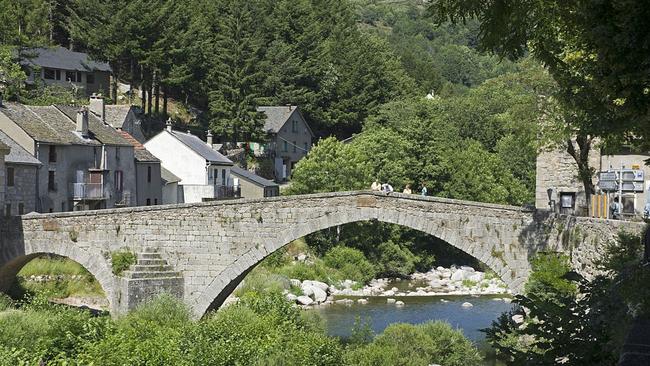
2. Le Pont-de-Montvert, Cevennes, Occitanie
Robert Louis Stevenson passed through Le Pont-de-Montvert during his journey that led to his book Travels with a Donkey in the Cevennes. More interesting is that this close-packed village, which stretches along the infant Tarn River in the lee of Mont Lozere, was a hotspot of the 18th-century religious war pitting Camisard Protestant guerillas against the Catholic royal authorities. In the surrounding hills there’s no thicket, dell, slope, cave or rock that wasn’t roared over by the faithful keen to tear the other faithful apart. These days, there’s a nestling calm, notably in summer as the stone village adopts its brightest wear and sends walkers off in all directions. Population 291.
Stay: Auberge des Cevennes
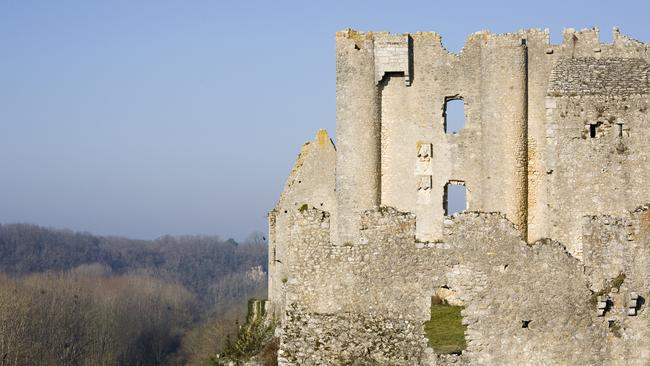
3. Angles-sur-l’Anglin, Vienne, Nouvelle Aquitaine
On its rocky promontory, Angles is startlingly pretty. From above the Anglin River, just before it joins the Gartempe Valley east of Poitiers, the village unravels sharply down in a jumble of stone, horticulture and thigh-stiffening walkways. It requires no improvement. There’s a castle crumbled to perfection, a reproduction of the world’s longest Magdalenian sculpted frieze (20m of wild animals and naked women ... sculptors’ interests haven’t changed much in 15,000 years); the real thing is nearby, too fragile for public gaze. In this, one of the loveliest slices of unknown France, nearby villages have treasures of their own, such as unequalled Romanesque frescoes at St Savin, and five chateaux in Chauvigny. But Angles has the serenity. Population 327.
Stay: Relais du Lyon d’Or
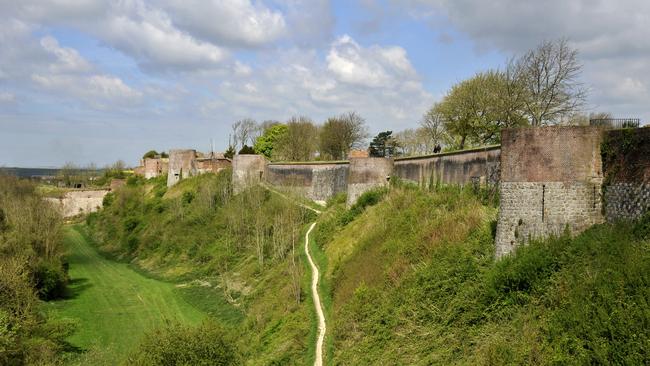
4. Montreuil, Pas de Calais
Hill-topping Montreuil is barely 60 minutes by road from the English Channel. Beset by ramparts and equipped with a powerful 16th-century citadel, it had a starring role in Hugo’s Les Miserables. It’s also a repository of British military memories: in 1916, Field Marshal Haig established GHQ here. An equestrian statue of the fellow recalls the episode (and Agincourt is just a half-hour east). These days, Montreuil is a tight delight of unexpected squares, gardens and cobbled streets; the whole is punctuated by so many bistros and restaurants that the village reckons itself La Destination Gourmande. You’ll get the idea at the Saturday market on Place General-de-Gaulle. Population 1900.
Stay: Chateau de Montreuil (with a terrific restaurant).
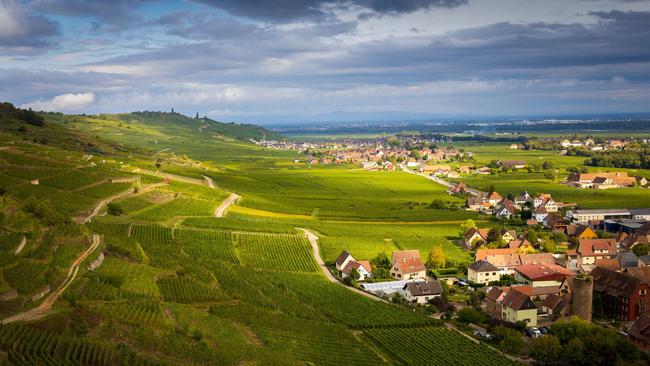
5. Kaysersberg, Alsace
Alsace gets a kicking whenever Latin and Germanic worlds come to blows. Locals have thus taken refuge in epic domesticity rooted in hard work, fraternity and unflagging festivity. The result, notably along the wine route, is a succession of half-timbered villages overcome with flowers and joie-de-vivre, all the while wearing their Sunday best. Most seductive is Kaysersberg, its wonky cobbled streets winding below vine-covered slopes of the incipient Vosges mountains. Up top is forest and what’s left of the imperial chateau, down below the birthplace of Albert Schweitzer (the Schweitzer Centre museum recently reopened after refurbishment). It’s all so tenaciously preserved that you want to wind it up and see how it works, to accordion accompaniment. Population 2528.
Stay Le Chambard
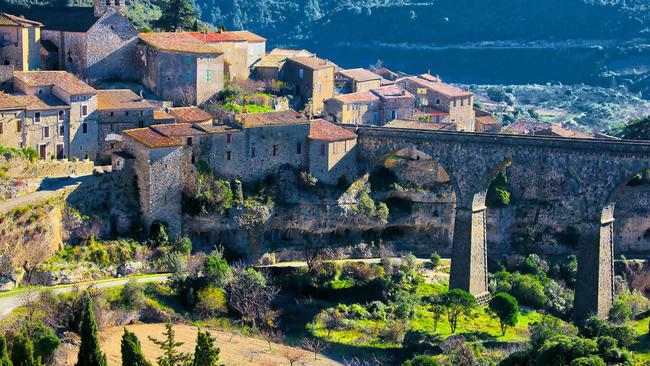
6. Minerve, Herault, Occitanie
This astonishing spot grows directly out of a rocky promontory almost entirely encircled by gorges meeting in a vortex of vertigo. Apart from houses that teeter on the edge – mothers must have palpitations – slaughter is the village’s key claim to fame. The 1210 papal crusade against the Cathars bade village heretics to renounce Catharism or die. Three gave in; 140 walked out of the town gate directly to the stake. It could have happened last week, for little has changed since. The light and heat of centuries pours out of the huge sky onto dense scrub, rock and patches of vineyard, while the village crams in upon itself to shelter. Stroll the streets and you might just be strolling the 13th century. Or at least as close it gets. Population 101.
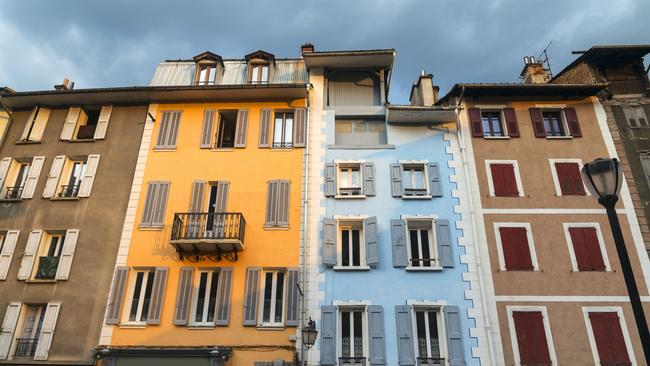
7. Barcelonnette, Ubaye Valley
Barcelonnette is so purely Alpine – mountains, surging river, crags, skiing – that you’d expect vigorous yodelling. So wherefore the mariachis? What’s all this Mexicana? Hotel Azteca? Adelita Mexican restaurant? A Mexican boutique, even a consulate? Folk from the surging Ubaye Valley traded far and wide. Notably, by the late 19th century, in Mexico, where they controlled 90 per cent of the textile business, and some 27 per cent of foreign investment. The exiles sent money home, or returned rich, established fancy villas (and equally fancy tombs) and lasting links with Mexico. The tale is well told in Barcelonnette’s recently refurbed Musee de la Valle, and celebrated every August in the glorious Fetes Latino-Mexicaines, when mariachis, sombreros and dancers in dipping dresses abound. Population 2492.
Stay: Hotel Azteca
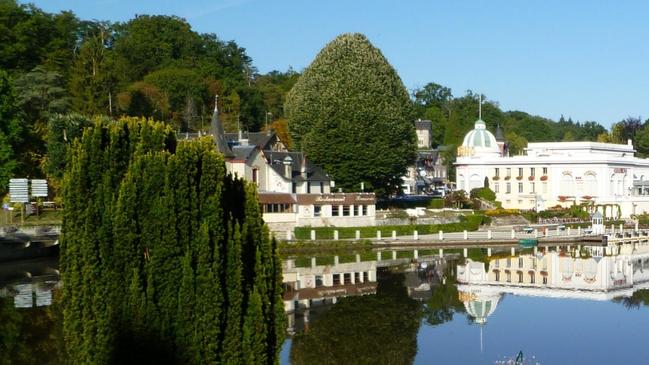
8. Bagnoles-de-l’Orne, Normandy
I choose Bagnoles not because it’s a celebrated spa town but for the associated, raffishly elegant Belle Epoque aspect that all self-respecting spa towns wear. Built around a lake as big as the village, Bagnoles is more garden than town, and more forest than either. It’s edged by vast expanses of beech, oak, spruce, rocks and much else besides. US billionaire Frank Jay Gould thought the place delightful. He invested much of his crooked dad’s railway fortune in a casino and the Grand Hotel. He expected gratitude, didn’t get it, so cleared off to establish Juan-les-Pins on the Riviera. Bagnoles has got on pretty well without him, a seam of Edwardian charm still running through. Population 2730.
Stay: Hotel Spa du Beryl

9. Hautvillers, Champagne
“My only regret,” said the ageing John Maynard Keynes, “is that I haven’t drunk enough champagne.” It’s not a risk worth taking, so travel to the region. The big posh houses gather in Reims and Epernay, but the heart of the matter is out in the villages where family operations create independent champagnes in cellars dug out by great grandad with a pickaxe. Prettiest of all is Hautvillers, base to 17th-century monk Dom Perignon. He didn’t (as claimed) invent champagne, but certainly improved it. Stroll to his tomb in the village church along sunny white-stone streets hung with wrought-iron signs. Then stroll back to Champagne G. Tribaut, where vines sweep down to the River Marne with Renaissance rightness. Valerie Tribaut is as welcoming as her champagnes are good value. Population 628.
Stay: La Chevalee chambres-d’hotes with the Fedyk champagne-making family.
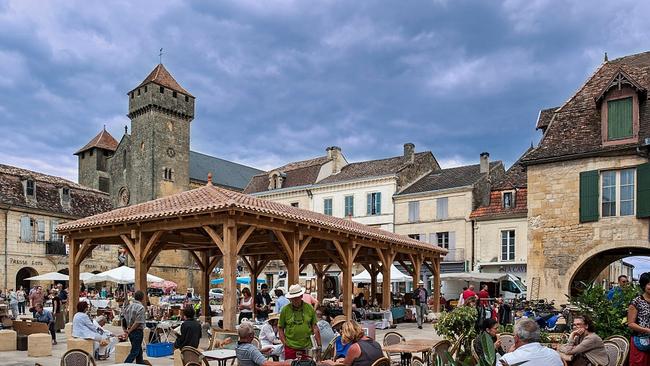
10. Beaumont-du-Perigord, Dordogne
Built to a chequerboard pattern under England’s Edward I, in the 13th century halcyon days when the English ran half of France, Beaumont is, like other bastide villages, as satisfactory for contemporary affairs as it was back then. Country life flows in from the surrounding area by tractor, bike and car to talk rugby or foie gras at cafes under the arcades of the central square. Or to go to mass at the fortified English Gothic church. Or to stock up at Chez Bariat, the sort of hardware shop that sells everything, from nails through grapefruit spoons, boot scrapers to mole traps and .22 rifles. Nearby, at 9 rue Ratier, Australian-born Prudence Kilgour has the most seductive niche perfume business in France. Population 1755.
Stay:Auberge Lou Peyrol
Population details are based on the most recent statistics of permanent residents.
TELEGRAPH MEDIA GROUP

To join the conversation, please log in. Don't have an account? Register
Join the conversation, you are commenting as Logout